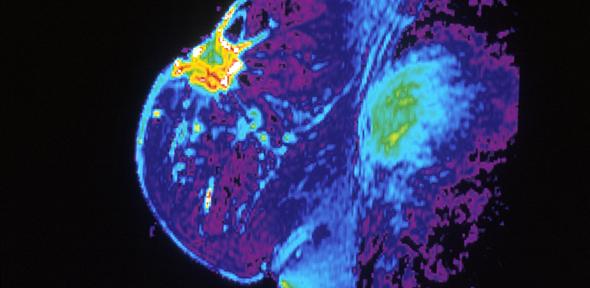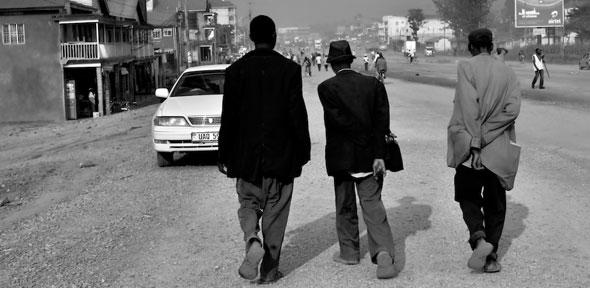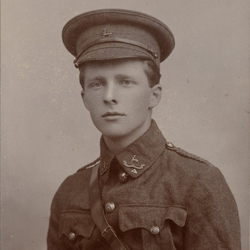
Almost every pig carries harmless strains of the S. suis bacterium – such strains are known as ‘commensal’ strains. However, a more virulent group of strains of the bacteria also exist, which cause disease in pigs worldwide and are a major driver of antibiotic use for prevention. Increasingly, this group of strains is also implicated in serious human diseases such as meningitis and septicaemia.
In order to understand the genetic basis of disease in S. suis, an international study, led by the Bacterial Respiratory Diseases of Pigs-1 Technology (BRaDP1T) consortium, examined the genomes of 375 clinical samples from pigs and humans from the UK and Vietnam and combined these with data already published on 15 S. suis genome sequences and draft genomes from around the world. They found that the commensal strains and disease-causing strains differed genetically; in particular, the disease-causing strains have between 50 and 100 fewer genes than the commensal strains.
Dr Lucy Weinert from the Department of Veterinary Medicine at the University of Cambridge, first author of the study, says: “It seems that the loss of genes is associated with causing disease. This is something we see quite often in bacteria, but for reasons that are unclear. One possibility is that the missing genes are those that hinder the function of newly-acquired virulence factors in the genomes.”
By examining the S. suis’s ‘tree of life’ – which looks at how the bacteria have evolved over time – the researchers were able to show that the emergence of a group of strains causing meningitis in pigs and the human form of the disease dates back to the 1920s, when pig production was intensified with the introduction of wide-scale indoor rearing of meat-producing pigs in larger groups, supported by government schemes that favoured larger producers with regular throughput. However, despite having jumped the species barrier from pig to human, the bacteria do not appear to have adapted to infect humans.
“A group of more virulent strains seem to have emerged at around the time the pig industry changed, and it is these strains that mostly cause disease in pigs and humans,” says Professor Duncan Maskell, Head of the School of the Biological Sciences at Cambridge.
“Human S. suis disease in the West is extremely rare, but is seen more frequently in south east Asia. It is most likely spread to humans through poor food hygiene practices or other environmental factors. This emphasises the importance of monitoring such practices and putting policies in place to reduce the risk of the spread of infections between species.”
The study was primarily funded by the Biotechnology and Biological Sciences Research Council.
Reference
Weinert, LA et al. Genomic signatures of human and animal disease in the zoonotic pathogen Streptococcus suis. Nature Communications; 31 March 2015
The most virulent strains of Streptococcus suis, the leading cause of bacterial meningitis in adult humans in parts of southeast Asia and in pigs around the world, are likely to have evolved and become widespread in pigs at the same time as changes in rearing practices, according to research from an international consortium published today in the journal Nature Communications.

The text in this work is licensed under a Creative Commons Attribution 4.0 International License. For image use please see separate credits above.









































